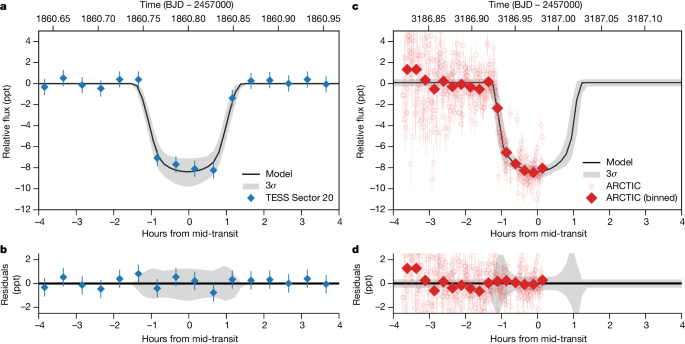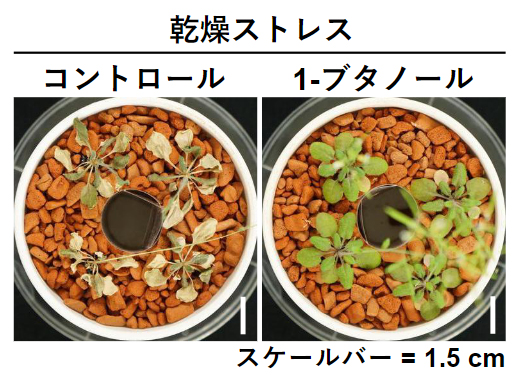2024-07-17 米国国立再生可能エエネルギー研究所(NREL)
<関連情報>
- https://www.nrel.gov/news/program/2024/into-another-dimension-nanoscale-trilayer-exhibits-ultrafast-charge-transfer-in-semiconductor-materials.html
- https://pubs.acs.org/doi/10.1021/acsnano.3c12179
混合次元ナノスケール三層膜における超高速電荷移動カスケード Ultrafast Charge Transfer Cascade in a Mixed-Dimensionality Nanoscale Trilayer
Alexis R. Myers, Zhaodong Li, Melissa K. Gish, Justin D. Earley, Justin C. Johnson, M. Alejandra Hermosilla-Palacios, and Jeffrey L. Blackburn
ACS Nano Published:March 11, 2024
DOI:https://doi.org/10.1021/acsnano.3c12179
Abstract

Innovation in optoelectronic semiconductor devices is driven by a fundamental understanding of how to move charges and/or excitons (electron–hole pairs) in specified directions for doing useful work, e.g., for making fuels or electricity. The diverse and tunable electronic and optical properties of two-dimensional (2D) transition metal dichalcogenides (TMDCs) and one-dimensional (1D) semiconducting single-walled carbon nanotubes (s-SWCNTs) make them good quantum confined model systems for fundamental studies of charge and exciton transfer across heterointerfaces. Here we demonstrate a mixed-dimensionality 2D/1D/2D MoS2/SWCNT/WSe2 heterotrilayer that enables ultrafast photoinduced exciton dissociation, followed by charge diffusion and slow recombination. Importantly, the heterotrilayer serves to double charge carrier yield relative to a MoS2/SWCNT heterobilayer and also demonstrates the ability of the separated charges to overcome interlayer exciton binding energies to diffuse from one TMDC/SWCNT interface to the other 2D/1D interface, resulting in Coulombically unbound charges. Interestingly, the heterotrilayer also appears to enable efficient hole transfer from SWCNTs to WSe2, which is not observed in the identically prepared WSe2/SWCNT heterobilayer, suggesting that increasing the complexity of nanoscale trilayers may modify dynamic pathways. Our work suggests ”mixed-dimensionality” TMDC/SWCNT based heterotrilayers as both interesting model systems for mechanistic studies of carrier dynamics at nanoscale heterointerfaces and for potential applications in advanced optoelectronic systems.



